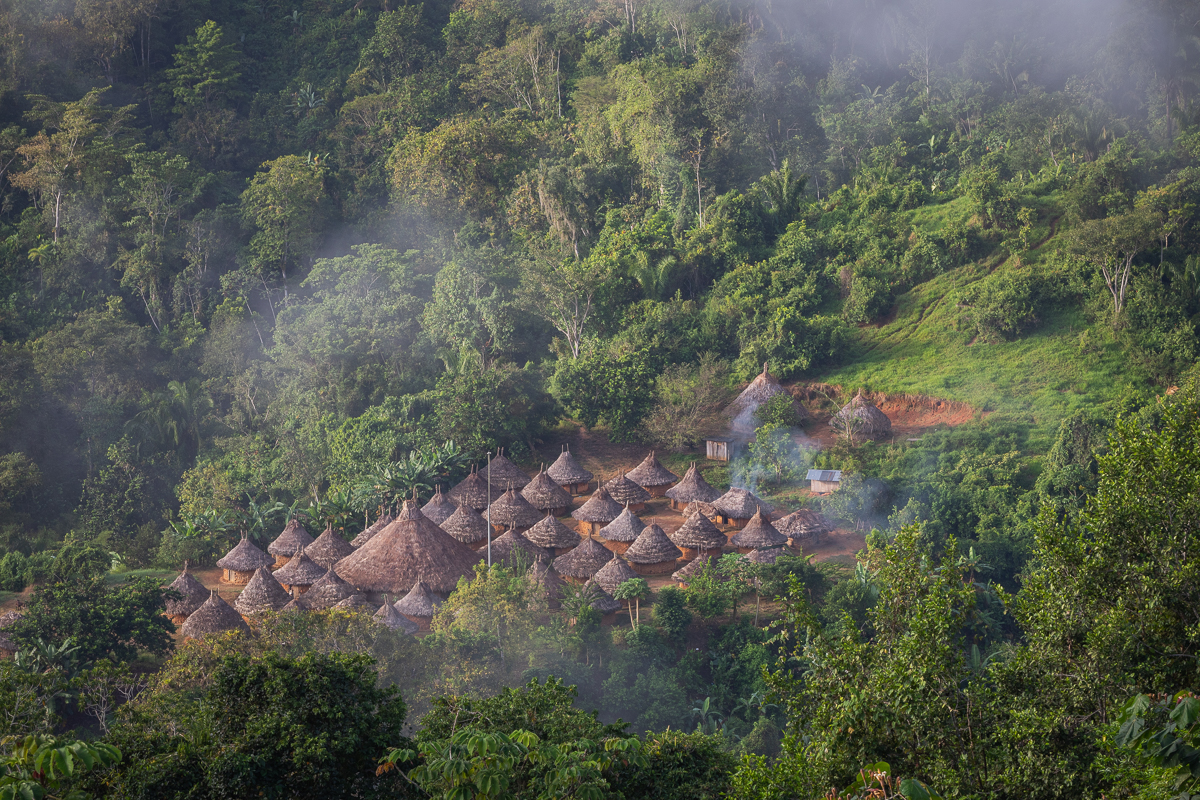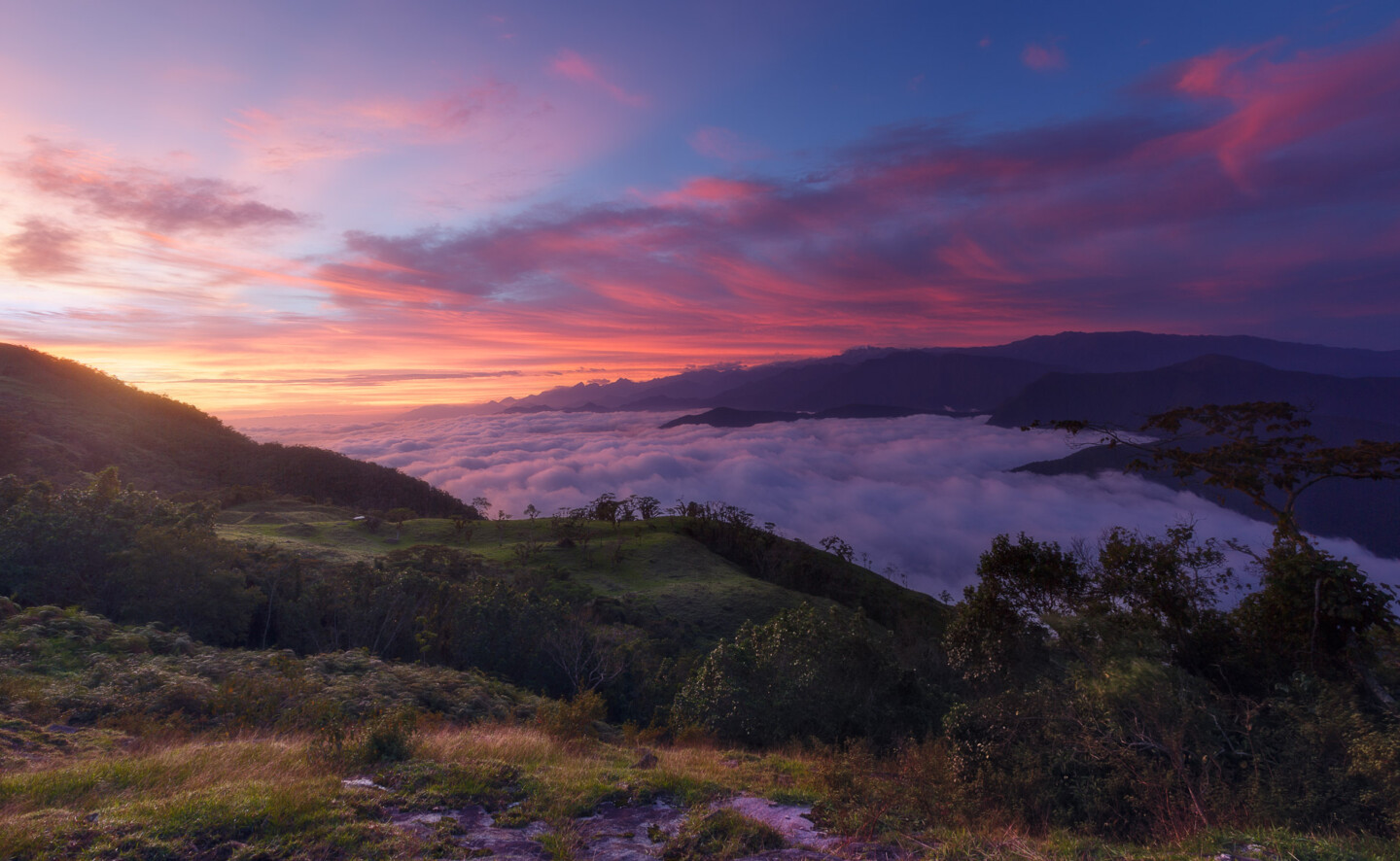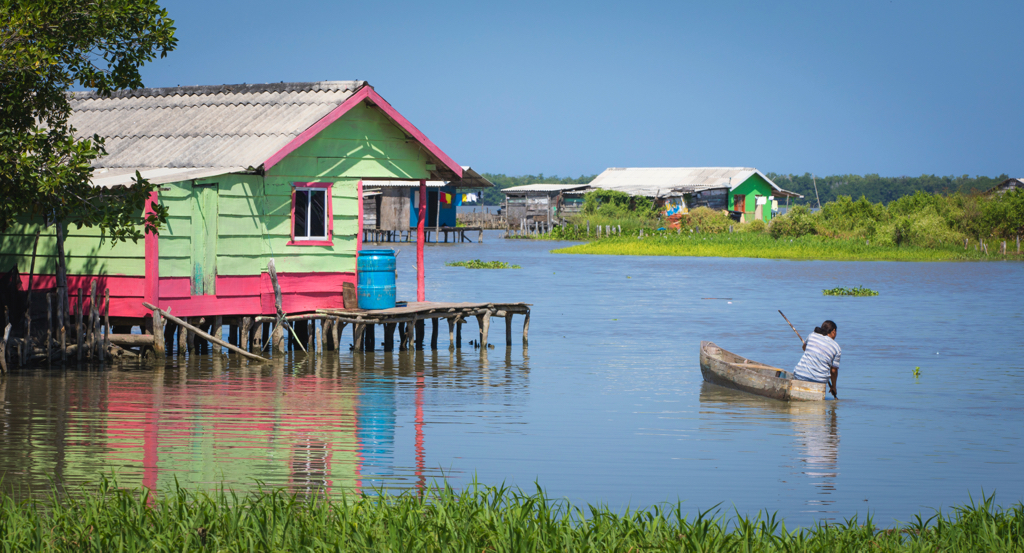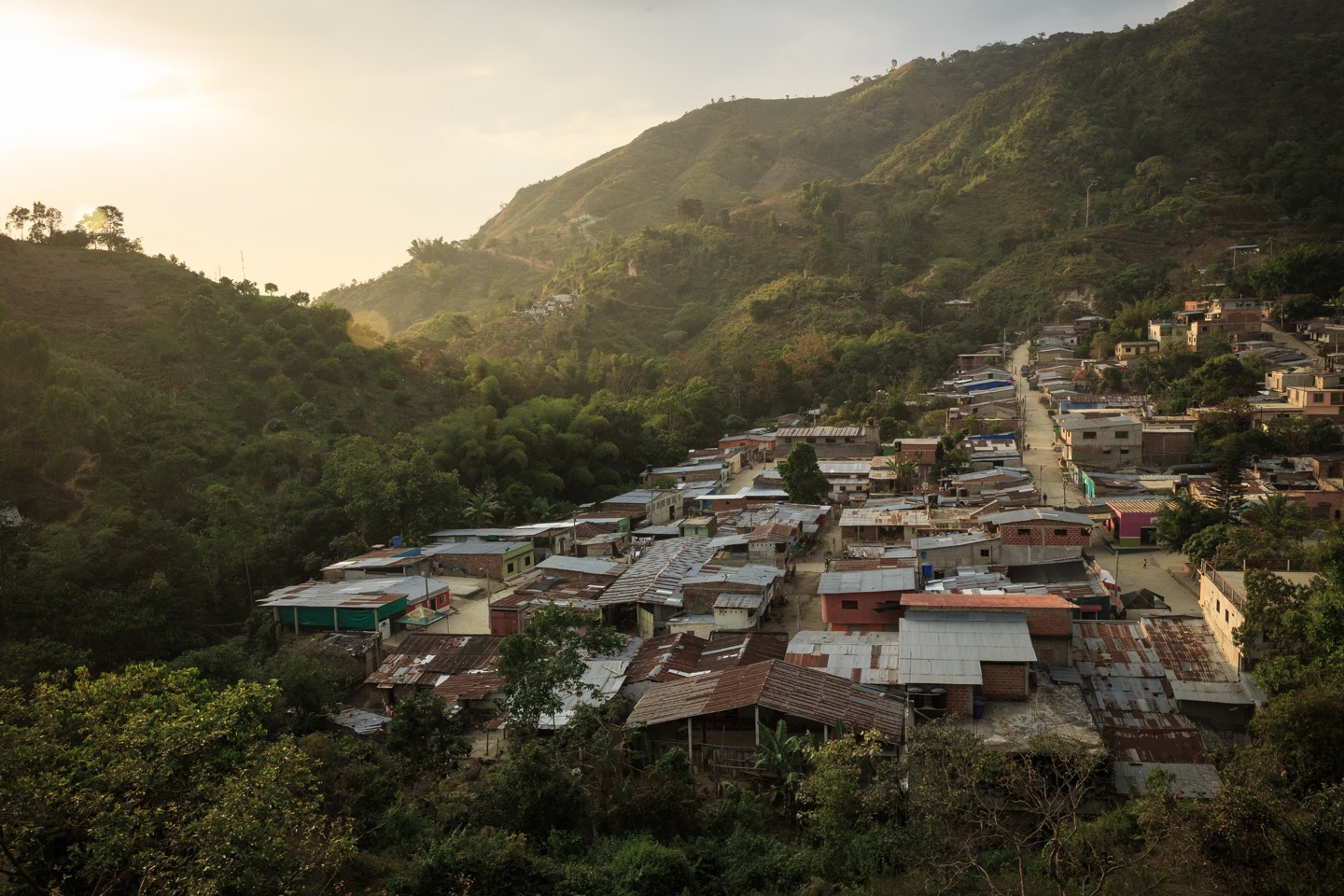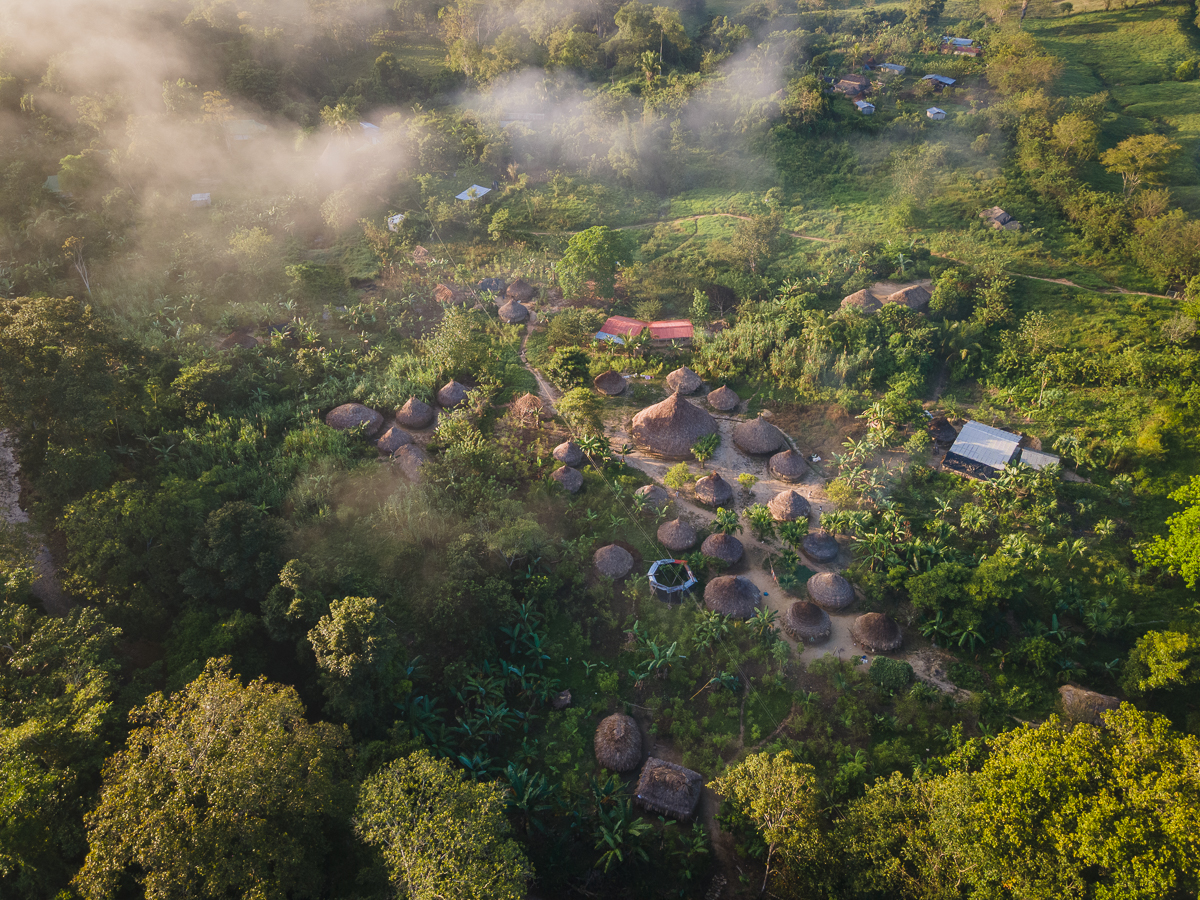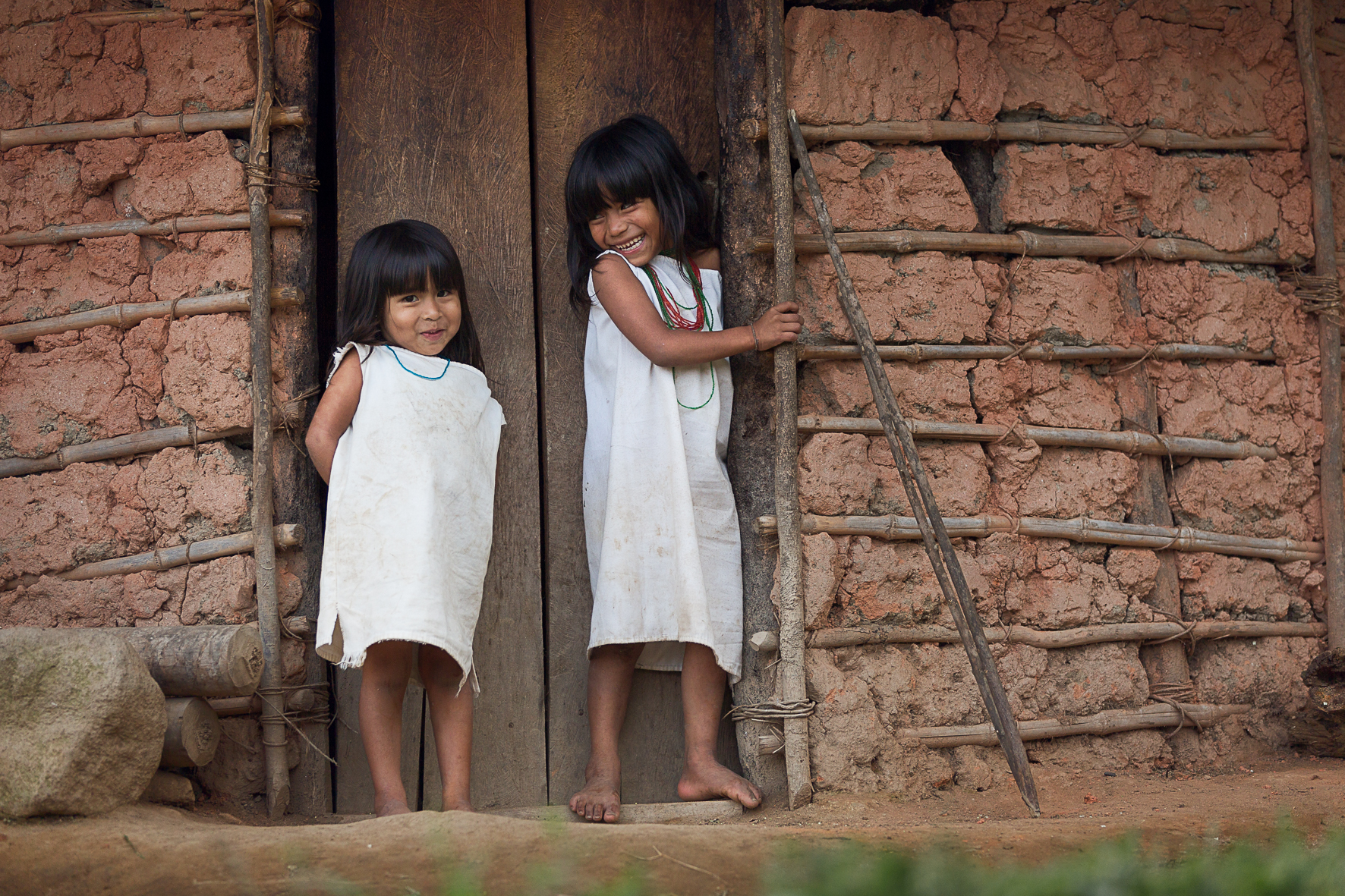Magdalena Department
A vibrant gem in Colombia's Caribbean Region, Magdalena Department dazzles with the golden sands of Santa Marta, the lush trails of Tayrona National Park, and the colonial charm of Mompox.
Nestled along Colombia’s Caribbean coast, Magdalena Department dazzles with its blend of natural wonders and vibrant culture. Home to the iconic Sierra Nevada de Santa Marta and the colonial charm of Santa Marta, it offers pristine beaches, lush jungles, and the mystical Lost City trek. From Tayrona’s golden shores to the rhythms of vallenato, Magdalena is a traveler’s paradise.
Few Facts
- Official Name: Departamento del Magdalena
- Geographical Location: Northern Colombia, bordering the Caribbean Sea
- Capital City: Santa Marta
- Approximate Area: 23,188 sq km (8,953 sq miles)
- Population: Approximately 1.4 million (2023 estimate)
- Main Economic Activities: Tourism, agriculture (bananas, coffee, palm oil), fishing, and commerce
- Key Geographical Features: Sierra Nevada de Santa Marta (world's highest coastal mountain range), Magdalena River, Caribbean coastline, Ciénaga Grande de Santa Marta (large wetland)
- Dominant Climate Type(s): Tropical savanna and tropical monsoon along the coast; cooler highland climates in the Sierra Nevada
- Common Languages/Dialects Spoken: Spanish (official), indigenous languages (e.g., Kogi, Arhuaco) in Sierra Nevada communities
- Primary Access: Simón Bolívar International Airport (near Santa Marta), Troncal del Caribe highway, Magdalena River navigation
Province Facts
- Official Name: Departamento del Magdalena
- Geographical Location: Northern Colombia, bordering the Caribbean Sea
- Capital City: Santa Marta
- Approximate Area: 23,188 sq km (8,953 sq miles)
- Population: Approximately 1.4 million (2023 estimate)
- Main Economic Activities: Tourism, agriculture (bananas, coffee, palm oil), fishing, and commerce
- Key Geographical Features: Sierra Nevada de Santa Marta (world's highest coastal mountain range), Magdalena River, Caribbean coastline, Ciénaga Grande de Santa Marta (large wetland)
- Dominant Climate Type(s): Tropical savanna and tropical monsoon along the coast; cooler highland climates in the Sierra Nevada
- Common Languages/Dialects Spoken: Spanish (official), indigenous languages (e.g., Kogi, Arhuaco) in Sierra Nevada communities
- Primary Access: Simón Bolívar International Airport (near Santa Marta), Troncal del Caribe highway, Magdalena River navigation
Essentials
- Best Months to Visit: December, February, January, November
When to visit
Seasonal Breakdown
Magdalena Department, located in northern Colombia, experiences a tropical climate with distinct dry and wet seasons rather than traditional four-season cycles. The region is characterized by warm temperatures year-round, but rainfall and humidity vary significantly.
Dry Season (December – March)
Weather: Sunny and hot, with average temperatures ranging from 28°C to 34°C (82°F–93°F). Rainfall is minimal, and humidity is lower compared to other months.
Pros: Ideal for beach visits, hiking in Tayrona National Park, and exploring the Sierra Nevada de Santa Marta. Fewer mosquitoes and clearer skies for photography.
Cons: Peak tourist season, leading to higher prices for accommodations and crowded attractions. Intense midday heat may be uncomfortable for some travelers.
Events: The Carnival of Barranquilla (February/March), one of Colombia’s most vibrant festivals, spills into Magdalena with parades, music, and dancing.
Wet Season (April – November)
Weather: High humidity and frequent rainfall, especially from May to October. Temperatures remain warm (26°C–32°C / 79°F–90°F), but afternoon showers are common.
Pros: Lush green landscapes, fewer tourists, and lower prices. Rivers and waterfalls are at their most impressive.
Cons: Some trails in Tayrona National Park may close temporarily due to mudslides. Mosquito activity increases, and humidity can be oppressive.
Events: The Festival del Río Magdalena (July) celebrates the region’s river culture with boat races and traditional music.
Shoulder Seasons (Late November & Early December)
Weather: Transitional period with sporadic rain but increasingly sunny days. Temperatures are warm (27°C–33°C / 81°F–91°F).
Pros: Balanced conditions—fewer crowds than peak season but drier than the wet months. Good for wildlife spotting as animals become more active.
Cons: Some lodges or tours may still be ramping up for high season, leading to limited availability.
Overall Recommendation
The best time to visit Magdalena Department depends on priorities:
- For beach lovers and festival-goers: December–March offers sunny skies and lively events like Carnival.
- For budget travelers and nature enthusiasts: April–November provides lower prices and vibrant landscapes, though prepare for rain.
- For a balance of good weather and manageable crowds: Late November or early December is ideal.
Considerations
Peak season (December–March) sees inflated prices and crowded attractions, especially around holidays. Booking accommodations early is advised. The wet season offers solitude but requires flexibility for outdoor activities. Always check Tayrona National Park’s opening status, as closures occur during heavy rains.
What to pack
What to Pack for Magdalena Department
Magdalena is a diverse Colombian province with tropical beaches, lush jungles, and historic towns like Santa Marta. Pack for heat, humidity, and adventure.
Coastal & Beach Essentials
- Reef-safe sunscreen: Protect marine life while enjoying Tayrona National Park's pristine beaches.
- Quick-dry swimwear & cover-up: Essential for beach-hopping and humid weather.
- Water shoes: Rocky shores and coral areas make these a must for safe wading.
- Lightweight beach towel or sarong: Doubles as sun protection or a cover-up.
Jungle & Outdoor Adventures
- Sturdy sandals or hiking shoes: For treks to Ciudad Perdida or Minca’s waterfalls.
- DEET insect repellent: Mosquitoes are prevalent in jungle areas.
- Lightweight rain jacket: Sudden tropical downpours are common.
- Dry bag: Keep electronics safe during boat trips or river crossings.
Urban & Cultural Visits
- Breathable, modest clothing: For visiting churches or local markets in Santa Marta.
- Comfortable walking sandals: Cobblestone streets and hot pavement demand supportive footwear.
- Small backpack or crossbody bag: Secure and practical for city exploration.
Getting there
By Air
The primary gateway to Magdalena Department is Simón Bolívar International Airport (SMR), located near Santa Marta. This airport handles domestic flights from major Colombian cities like Bogotá (BOG), Medellín (MDE), and Cali (CLO), as well as limited international connections. From the airport, travelers can reach Santa Marta or other destinations in Magdalena via:
- Taxis: Readily available outside the terminal; fares to Santa Marta are fixed and affordable.
- Buses: Local buses run to Santa Marta's city center and nearby towns.
- Rental Cars: Major agencies operate at the airport for those exploring independently.
For international travelers, connecting through Bogotá's El Dorado Airport (BOG) is common. Flight times from Bogotá to Santa Marta are approximately 1.5 hours.
By Bus/Coach
Long-distance buses are a cost-effective way to reach Magdalena from major Colombian cities. Key routes include:
- Bogotá to Santa Marta: 18–20 hours with companies like Brasilia or Expreso Brasilia.
- Medellín to Santa Marta: 12–14 hours with Copetran or Berlinas del Fonce.
- Barranquilla to Santa Marta: 2–3 hours via frequent regional buses.
Buses arrive at Santa Marta's main terminal, with onward connections to towns like Taganga or Ciénaga via local buses or shared taxis.
By Car (Driving)
Magdalena is accessible via Colombia's well-maintained highway network. Key routes include:
- From Barranquilla: Take Highway 90 (Carretera Troncal del Caribe) eastbound; the drive to Santa Marta takes ~2 hours.
- From Bogotá: Follow Highway 45 north to Bucaramanga, then merge onto Highway 66 toward Santa Marta (~18 hours).
Road conditions are generally good, but coastal routes can be busy. Toll roads are common; carry cash (COP). Fuel stations are frequent along major highways.
Practical Advice
- Book flights early during peak seasons (December–January, June–July) for better fares.
- Bus tickets can be purchased online or at terminals; opt for overnight trips to save time.
- Driving requires a valid license; avoid night travel on rural roads.
Getting around
By Bus: Regional and Intercity Services
Magdalena Department is well-connected by a network of regional and intercity buses, making it easy to travel between towns and key attractions. The main hubs are Santa Marta and Ciénaga, with frequent departures to destinations like Minca, Taganga, and Palomino. Buses are affordable, with fares typically ranging from COP 5,000 to COP 20,000 depending on distance. Tickets are purchased directly from the driver or at small terminals. While buses are reliable, they can be crowded and lack air conditioning.
- Look for colectivos (shared vans) for faster, more direct routes to popular spots like Tayrona National Park.
- Early morning departures are recommended to avoid midday heat and crowds.
Taxis and Ride-Sharing
Taxis are widely available in urban areas like Santa Marta and Ciénaga, with fares negotiated before the ride (always confirm the price). Ride-sharing apps like DiDi operate in Santa Marta, offering fixed rates. For longer trips (e.g., Santa Marta to Minca), private taxis cost around COP 80,000–120,000. Avoid unmarked cabs for safety.
- Use official taxi stands at airports or bus terminals for trusted drivers.
- For group travel, hiring a taxi for a half-day can be cost-effective.
Self-Driving and Car Rentals
Renting a car is ideal for exploring remote areas like the Sierra Nevada de Santa Marta or coastal routes. Major rental agencies operate in Santa Marta, but roads can be narrow or unpaved outside cities. Key routes include the Santa Marta–Riohacha highway (scenic but prone to delays) and the winding road to Minca. Fuel stations are sparse in rural zones—plan ahead.
- 4x4 vehicles are recommended for mountainous or off-road destinations.
- Check local traffic laws; some areas require toll payments in cash.
Unique Local Transport
In coastal and riverine areas, lanchas (small boats) are essential. From Santa Marta, ferries run to Isla de Salamanca or the fishing village of Buenavista. Fares vary (COP 10,000–50,000), and schedules depend on tides. For a scenic experience, hop on the Tren Turístico del Caribe, a tourist train linking Santa Marta and Ciénaga on select weekends.
- Boat departures are weather-dependent—confirm times in advance.
- Bring cash for informal transport like moto-taxis in rural villages.
Culture
Traditions & Customs
Magdalena Department is deeply rooted in Afro-Colombian and Indigenous traditions, particularly in towns like Ciénaga and Fundación. The province is known for its Palenquera culture, descendants of escaped enslaved Africans who formed independent communities. A unique custom is the Lumbalú, a traditional funeral rite blending African spirituality with Catholic elements, involving music, dance, and communal mourning.
Arts & Literature
The region boasts vibrant folk art, including molas (colorful textile art) by the Kogi Indigenous people and wooden carvings depicting local myths. Gabriel García Márquez, Colombia's Nobel laureate, drew inspiration from Magdalena's landscapes and folklore; his hometown, Aracataca, hosts the Casa Museo Gabriel García Márquez, celebrating his magical realism.
Music & Dance
Magdalena is the birthplace of cumbia, a UNESCO-recognized musical genre blending Indigenous, African, and Spanish rhythms. The Tambora drum is central to local festivals. Dance forms like mapalé (a fast-paced Afro-Colombian dance) and gaita (Indigenous flute music) are performed during celebrations.
Food & Cuisine
Coastal Magdalena offers seafood-centric dishes like arroz con coco y camarón (coconut rice with shrimp) and sancocho de pescado (fish stew). Inland, arepa de huevo (fried corn cake with egg) is a staple. Unique to the region is bollo limpio, a steamed corn dough wrapped in banana leaves.
Languages & Dialects
Spanish is dominant, but Afro-Colombian communities speak Palenquero, a Spanish-based creole with Bantu influences. Indigenous groups like the Kogi and Arhuaco retain their native languages, though Spanish is widely understood.
Religion & Spirituality
Catholicism prevails, but syncretic practices blend African and Indigenous beliefs. The Virgen del Carmen is venerated in fishing villages, while the Kogi practice animism, viewing the Sierra Nevada as a sacred "Heart of the World."
Festivals & Holidays
- Festival de la Cumbia (El Banco): Celebrates cumbia with parades and dance competitions.
- Fiesta del Mar (Santa Marta): A vibrant coastal festival with reggae concerts and seafood feasts.
- Semana Santa (Mompox): Known for elaborate processions in this colonial town.
Social Norms & Etiquette
Warm greetings with handshakes or cheek kisses are common. In rural areas, elders are addressed with titles like don or doña. Visitors to Indigenous territories must seek permission from community leaders.
Family & Community
Extended families often live together, and communal labor (mingas) is practiced in rural areas. Afro-Colombian palenques (fortified villages) maintain tight-knit social structures.
Clothing & Attire
Traditional dress includes the pollera colorada (brightly colored skirt) for women during festivals. Indigenous Kogi wear white tunics and woven bags, symbolizing their connection to nature.
Could not load FAQs. Please try again later.












































